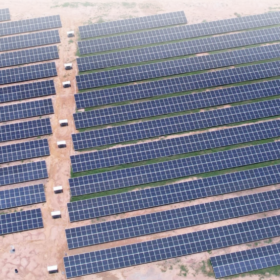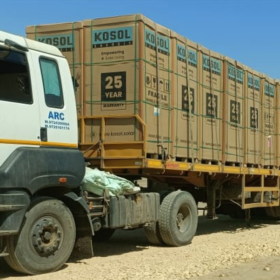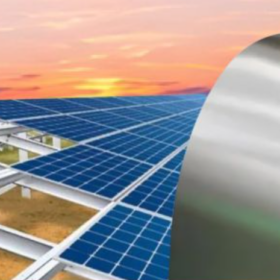China’s unprecedented expansion in green technology exports, including solar photovoltaics (PV), lithium-ion batteries, and electric vehicles (EVs), has drastically reshaped global markets, driving a strategic shift in international trade and policy considerations. In 2023 alone, these exports soared to an astonishing $150 billion, a 650% increase from $20 billion in 2017, solidifying China’s dominance with significant shares of the global production markets—68% in electric vehicles, 74% in lithium batteries, and 86% in solar modules, as revealed in a recent report by Australia’s Griffith Asia Institute.
“The Chinese dominance in these three sectors is unlikely to be challenged due to a very well-integrated value chain, rapid innovation, industrial synergies, economies of scale, and continuous governmental support that allow Chinese producers to be both affordable and technology leaders,” report Jing Zhang and Christoph Nedopil in the Griffith analysis. However, they caution that escalating trade disputes could disrupt these flows, potentially prompting Chinese manufacturers to establish production facilities overseas. As an example, Chinese producers are poised to establish approximately 400 GWh of battery production capacity in Europe, comprising nearly one-third of Europe’s total capacity.
This surge is significantly impacting major economies, particularly the U.S. and Europe, who now grapple with the implications of China’s market saturation. The influx of affordable Chinese green products is pressuring local industries, driving down prices, and potentially stifling domestic innovation due to competitive disadvantages.
In response, both the U.S. and European governments are contemplating stringent measures to protect their local industries. These include heightened tariffs, anti-dumping and anti-subsidy investigations, and stringent regulations aimed at curbing the influx of Chinese products. Europe, which absorbed $66.7 billion worth of these exports in 2023, is at the forefront of these policy shifts, driven by a need to balance market protection with green transition goals.
The strategic response involves not just protective tariffs but also a deeper re-evaluation of supply chain dependencies and industrial policies. There is a growing consensus in the West that building local capacity in green technologies is not only a matter of economic security but also crucial for sustaining long-term industrial competitiveness. The geopolitical ramifications are equally significant. The scale of China’s exports is seen not just as an economic challenge but as a strategic manoeuvre in the broader context of global power dynamics. This has led to diplomatic engagements, such as discussions between U.S. Treasurer Yellen and German Chancellor Scholz with Chinese officials, focusing on the need to address market overcapacity and ensure fair trade practices.
For India, the situation presents both challenges and opportunities. The availability of cheaper Chinese green technologies could pose competitive pressures on Indian manufacturers, potentially undercutting the nascent local industries. However, it also offers enhanced access to advanced technologies, which could accelerate India’s renewable energy initiatives and electric vehicle adoption, aligning with its ambitious climate goals.
Looking ahead, the landscape of global trade in green technologies is likely to see new alignments. While China’s dominance in these sectors appears unchallenged due to its integrated supply chains and government support, the growing pushback from major economies could lead to a bifurcation of global markets. Western nations may accelerate their efforts to decouple from Chinese supply chains in strategic sectors, investing heavily in domestic capabilities and possibly forming new trade alliances that align with their economic and security interests.
The situation is poised to redefine the terms of trade and cooperation in the green technology sector, with significant implications for global economic stability and the future of sustainable development. The outcome of these shifts will likely resonate across global markets, influencing future economic policies, trade relationships, and international collaborations in the burgeoning field of green technology.
The views and opinions expressed in this article are the author’s own, and do not necessarily reflect those held by pv magazine.
This content is protected by copyright and may not be reused. If you want to cooperate with us and would like to reuse some of our content, please contact: editors@pv-magazine.com.








7 comments
By submitting this form you agree to pv magazine using your data for the purposes of publishing your comment.
Your personal data will only be disclosed or otherwise transmitted to third parties for the purposes of spam filtering or if this is necessary for technical maintenance of the website. Any other transfer to third parties will not take place unless this is justified on the basis of applicable data protection regulations or if pv magazine is legally obliged to do so.
You may revoke this consent at any time with effect for the future, in which case your personal data will be deleted immediately. Otherwise, your data will be deleted if pv magazine has processed your request or the purpose of data storage is fulfilled.
Further information on data privacy can be found in our Data Protection Policy.